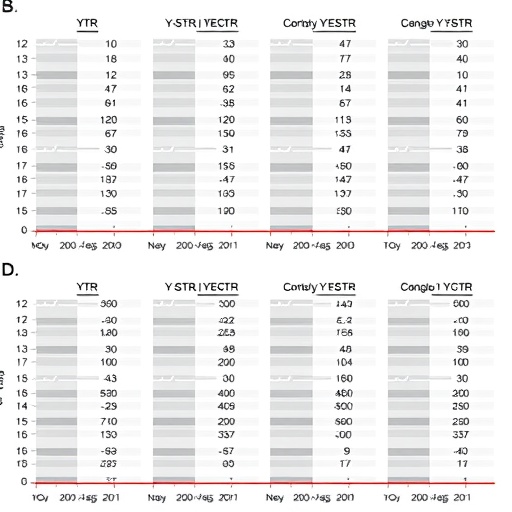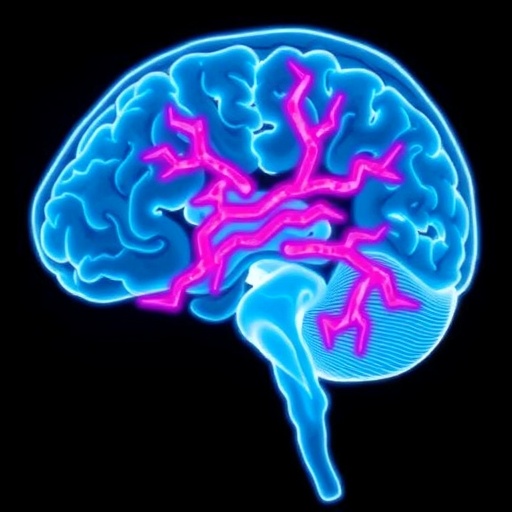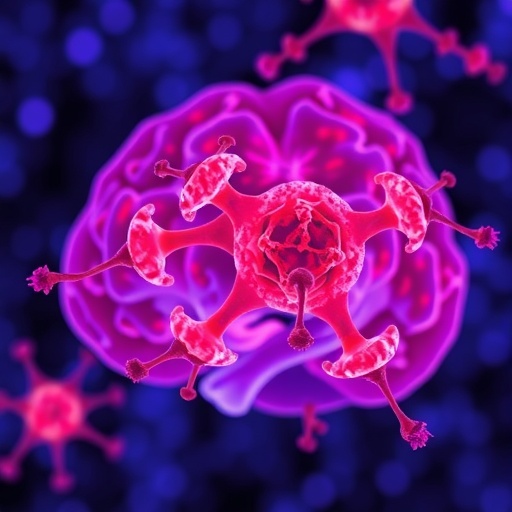In a groundbreaking forensic study that could have profound implications for genetic analysis and identity verification, researchers have documented a highly unusual case of multilocus gene deletion coupled with gene conversion events at Y-chromosome short tandem repeat (Y-STR) loci. This unprecedented finding not only challenges existing assumptions about the stability of these genetic markers but also opens new avenues in understanding male lineage tracing and forensic identification. Researchers from a collaborative international team, led by Mo, X., and colleagues, meticulously detailed their observations, providing the scientific community with vital insights into the complex mechanisms of Y-STR gene variability.
Y-STR markers have long been a cornerstone in forensic genetics, prized for their paternal lineage specificity and applicability in criminal casework, paternity testing, and anthropological studies. Traditionally considered stable and reliable, these loci illustrate a specific pattern of inheritance exclusive to the Y chromosome. However, the current case report introduces an extraordinary genetic event: the simultaneous deletion of multiple Y-STR loci, a phenomenon previously undocumented in forensic literature at this scale. Importantly, this deletion co-occurs with gene conversion events—a process wherein one DNA sequence replaces a homologous sequence, effectively altering the genetic constitution at the locus.
The implications of these findings are multifaceted. From a forensic standpoint, the stability of Y-STR markers underpins the accuracy of male identification in mixed DNA samples, such as those encountered in sexual assault cases and mass disaster victim identification. The discovery of multilocus deletions coupled with gene conversions suggests that Y-STR profiles might exhibit greater inherent variability than previously anticipated. Consequently, forensic analysts must consider the possibility of such genetic alterations to avoid misinterpretation of results, particularly in judicial contexts where genetic evidence carries significant weight.
The researchers employed advanced molecular techniques, including high-throughput sequencing and allele-specific PCR assays, to precisely detect and validate the multilocus deletion and gene conversion events. Their rigorous methodology ensured that the observed genetic patterns were not artifacts of experimental error but bona fide genetic alterations. This methodological rigor reinforces the credibility of the data and provides a new framework for analyzing complex Y-chromosome rearrangements in forensic and anthropological genetics.
Intriguingly, the gene conversion events identified in this case seemed to act as a repair mechanism, possibly mitigating the detrimental effects of large-scale deletions. Gene conversion can homogenize Y-STR sequences, preserving functionality in some regions while simultaneously altering the haplotype signature important in forensic analyses. This dual role complicates the interpretation of Y-STR profiles, especially in haplogroup assignment and the reconstruction of paternal lineage histories.
Furthermore, the researchers noted that the multilocus deletions encompassed a considerable region of the Y chromosome. Such extensive deletions are rare and could arise from complex recombination events or genomic instability factors intrinsic to the Y chromosome’s structure. These findings prompt a reevaluation of the Y chromosome’s dynamic nature, underscoring its susceptibility to structural variations that could influence male fertility, population genetics, and forensic marker reliability.
From a population genetics perspective, these mutations may have evolutionary implications. If multilocus deletions and gene conversions occur at a relatively higher frequency than previously recognized, this would affect the mutation rates used in population studies and phylogenetic analyses. It also raises intriguing questions about the selective pressures acting on the Y chromosome and how males carrying such genetic rearrangements fare in terms of reproductive success.
The study also emphasizes the role of gene conversion in the Y chromosome’s evolutionary landscape. While traditionally seen as a mechanism preserving sequence integrity, gene conversion may paradoxically facilitate genetic diversity by introducing sequence variants. In the context of forensic genetics, this paradox challenges the notion of Y-STR loci as static markers, suggesting that they might undergo dynamic remodeling, thereby affecting interpretation in kinship and identity testing.
In forensic casework, the presence of such multilocus deletions could lead to partial or complete dropout of Y-STR alleles, complicating profile comparisons and potentially leading to false exclusions of suspects or individuals. Awareness of this phenomenon is critical for forensic scientists, who must adapt their interpretation frameworks and possibly develop novel marker panels or analytical tools that account for these genetic anomalies.
Moreover, this discovery underscores the necessity for continuous monitoring of forensic markers for stability and mutation patterns. As DNA forensic science advances, so too must our understanding of the genomic substrates upon which this science is founded. The case reported by Mo et al. serves as a sentinel alert, encouraging vigilance and innovation in forensic genotyping methodologies.
The researchers suggest that future studies should focus on the prevalence of such multilocus deletions and gene conversions in broader populations. Epidemiological surveys could elucidate whether these events are rare idiosyncrasies or represent an underappreciated aspect of Y chromosome variability. Additionally, unraveling the molecular mechanisms driving these changes could reveal targets for genetic disease research and insights into male-specific genomic maintenance.
This case report not only enriches the scientific dialogue surrounding Y-STR genetics but also offers a cautionary tale for forensic practice. It bridges the gap between molecular genetic phenomena and practical forensic applications, urging continuous reassessment of the markers considered gold standards in identity determination. The dual phenomena of multilocus deletions and gene conversions exemplify nature’s complexity and the need for forensic science to evolve in its wake.
Ultimately, the work by Mo, X., Nie, H., Zhang, Y., and colleagues lays the groundwork for a new chapter in forensic genomics. Their meticulous documentation and thoughtful analysis pave the way for enhanced interpretative strategies, greater accuracy in forensic analyses, and a deeper understanding of Y-chromosome genetics. This revelation promises to influence not only forensic investigations but also research in human evolution, genetic disease, and molecular biology.
As forensic laboratories integrate these findings, they may develop refined assays that detect and compensate for multilocus deletions and gene conversions, ensuring high confidence in male lineage analyses. The scientific community will undoubtedly pursue this line of inquiry with vigor, reflecting the continual interplay between cutting-edge research and real-world applications.
In an era where genetic data increasingly informs justice and identity, studies like this highlight the intricacy of the human genome and the extraordinary caution required when interpreting its messages. The Y chromosome, once considered a relatively inert male-specific chromosome, emerges from this report as a dynamic and mutable entity, rich with complexity and crucial for both forensic science and biological research.
The reported case of multilocus gene deletion and gene conversion at Y-STR loci represents a milestone in forensic genetics. It beckons scientists and practitioners alike to rethink long-held assumptions about genetic stability and challenges existing paradigms in male genetic identification, ultimately fostering a new understanding of human genomic diversity.
Subject of Research: Genetic variability involving multilocus deletion and gene conversion events at Y-STR loci in forensic genetics
Article Title: Case report on multilocus gene deletion and gene conversion at Y-STR loci
Article References:
Mo, X., Nie, H., Zhang, Y. et al. Case report on multilocus gene deletion and gene conversion at Y-STR loci. Int J Legal Med (2025). https://doi.org/10.1007/s00414-025-03595-y
Image Credits: AI Generated
Tags: forensic casework applicationsforensic genetics advancementsgene variability in forensic sciencegenetic markers in forensic analysisimplications for identity verificationinternational genetic research collaborationmultilocus gene deletionnovel findings in Y-STR researchpaternal lineage tracingpaternity testing challengesY-chromosome stabilityY-STR gene conversion events





